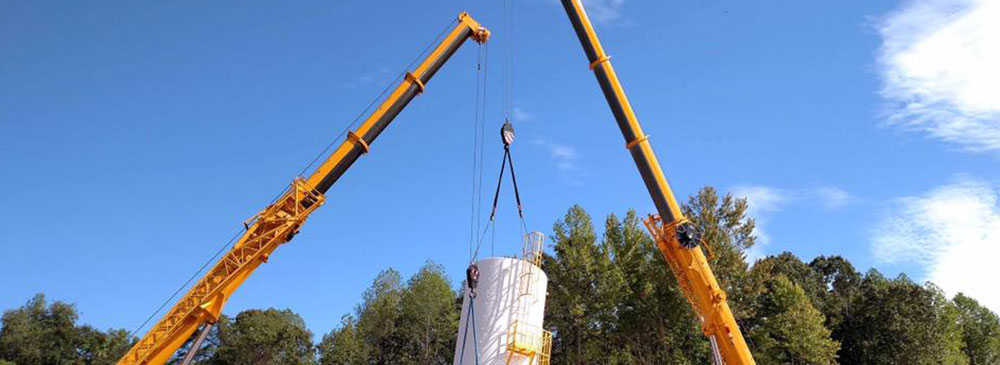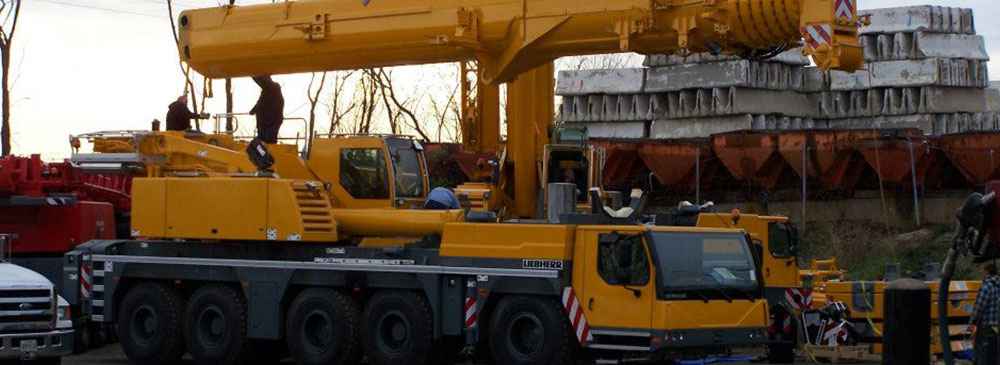
Boom trucks have extendable arms or booms used for construction and maintenance in various industries. For businesses that do not need a boom truck daily, renting one from a boom truck rental is often cheaper. If you’re renting a boom truck, here’s how to get the most out of it.
Understand your needs
The first step in undertaking any building or repair work is carefully evaluating your needs. You need to consider what height and reach are needed, how much weight your truck must be able to lift, or if any additional features are required for convenient operation.
Likewise, if your project requires you to work in narrow spaces, then a boom truck with a compact design would be ideal. But if you need to get way up, a truck with an extendable boom would be necessary.
Not only will this understanding help you choose the right boom truck model, but it can also guarantee that your equipment is precisely what your project requires. You can use the boom truck much more efficiently, reducing accidents on the job site.
Get proper training for operators.
A boom truck operation is only as efficient and safe as the skill of its operators. The provision of professional training for personnel driving the boom truck is not merely a legalistic necessity, it’s also an essential step that goes hand in hand with good performance.
A rented boom truck has its particular controls, which the operators must know well. They should understand exactly how moves and outriggers are managed and important equipment like light poles that hook up with cables (as quick guides).
Secondly, they must be educated about safety methods and encourage them not to exceed load limits.
To be on the safe side, always hire experienced operators who know what they are doing. To be even safer, retrain the operators before you begin the project.
Schedule regular maintenance checks.
Like any heavy machinery, a boom truck must be well-maintained to run at its finest. The hydraulic system, controls, and safety features should receive special attention in regular checks on critical components. The hydraulic system–which regulates the movement of boom, etc.
You should check the controls to make sure they respond correctly when an operator gives a command. It’s also wise to do some testing to check for safety features such as emergency shut-off mechanisms and load sensors.
Besides helping you prevent unexpected breakdowns, regular maintenance can catch problems before they become serious–and may even save lives on the job site. By caring for a boom truck properly, the possible losses can be reduced, and production efficiency can be increased.
Check load capacities
All boom trucks have designated capacities for a variety of configurations. Passing these limits can endanger safety and damage the equipment. Before lifting materials or equipment, always double-check load capacities. Do not overload to avoid accidents.
Choose the right boom length.
Choose the right boom length for your project. A longer boom increases the truck’s reach but at the price of stability. Choose the shortest boom that does your work to provide a safer working environment.
Utilize outriggers
Boom trucks are fitted with outriggers to increase stability when in use. Install the outriggers correctly, following the manufacturer’s guidelines. This is important, especially on uneven terrain or when lifting heavy loads, as it prevents tipping over.
Plan lifts carefully
Plan lifts to reduce downtime and improve efficiency. The place, height, and weight of the cargo for obstacles. A thought-out plan results in smooth operation, free of accidents.
Use proper rigging techniques.
Proper rigging is needed to protect the safe handling of loads. Slings, hooks, and attachments must be appropriate. Rigging errors can make the load unstable and endanger men or property.
Adhere to safety standards.
By following industry standards and regulations, safety comes first. This means PPE and safe work procedures and ensuring that workers know emergency operations. A secure working environment is at the heart of operating a boom truck.
Monitor weather conditions
It is necessary to observe weather conditions before and during operations. Adverse winds, rain, or snow can threaten the boom truck’s stability and safety. If bad weather is predicted, reschedule work.
Optimize transportation
The boom truck must be moved to and from the job site rapidly. In that regard, you must ask yourself: Are they sure of a good delivery service? Or should you pick it up by car and save on travel time and expenditure?
Keep communication clear
Communication between the boom truck operator and ground personnel must be effective. Adopt common signals and devise clear communication procedures to avoid misunderstandings. This is particularly important when working on busy construction sites.
Document and analyze performance.
The keeping of an accurate record isn’t just paperwork, it is a strategic move. This documentation is extremely useful for assessing the efficiency of operations and identifying shortcomings.
Note down problems cropping up during operation (whether functional malfunctions of equipment, environmental obstacles, or unexpected hurdles). Include detailed notes on maintenance activities, such as repair work and replacements or routine servicing.
Return the equipment promptly.
Good rental practice includes respecting the terms of the rental agreement, most especially promptly returning the boom truck. Turning in the equipment early saves money on rent and expresses a professional attitude.
In addition, this makes it possible for the rental company to run its fleet efficiently by ensuring that equipment is available when other customers need it.
On-time returns improve relations with landlords. It creates trust and dependability, so when you need to rent again in the future, the rental company prioritizes your needs.
Moreover, it demonstrates that your organization is committed to honoring agreements and deadlines. As a result, other industry members will see you as professional in your approach to business matters.
Conclusion
A boom truck for rent can reduce the time needed to complete many construction and maintenance projects. If you get to know the business, safety always comes first.
You also should follow best practices and don’t forget, a properly maintained and operated boom truck will ensure the project gets done and your employees work in safer surroundings.
When you are renting the unit, always rent from a crane hire VA stocking high-quality and well-maintained units.



